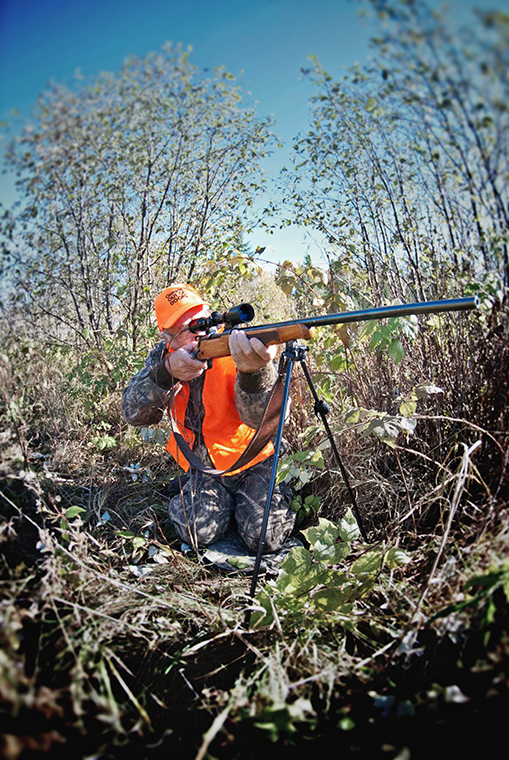
Gun pods are as indispensable to me as iPods once were to Apple aficionados. For a big game hunt, I don’t leave home without one.
Gun pods, also known as shooting pods or shooting sticks, can be monopod, bipod, or tripod. Cabela’s offers a 3-in-1 modular shooting pod that can be adjusted to any configuration. There are also portable models called field pods, but these are essentially benchrests that weigh as much or more than most firearms. In contrast, shooting sticks are constructed of lightweight materials such as aluminum, and often weigh less than a pound.
The purpose of a shooting stick is to provide the hunter with a portable, stable rest. As most of us are not crack shots while shooting off-hand, all pods help improve our odds of making a clean kill, but in general, a monopod provides the least solid amount of rest and a tripod the most.
Depending on the make and model of the pod, a shooting stick either provides a rest that cradles the stock, or attaches directly to the firearm. Both styles have their advantages and disadvantages.
Attached or freestanding?
Gun pods that attach to the firearm add weight that must be carried around and may make gun toting more awkward. On the other hand, using an attached pod reduces set-up and response time, which can be critical. Attached sticks also tend to provide slightly more stability.
Bipod and tripod models can be used as independent, hands-free rests, which I like. When game shows up from an unexpected angle, though, and you need to re-position the firearm, any pod can be cumbersome.
Freestanding sticks still have to be carried, they are just separate from the firearm. Some models come with a holding pouch that lets you carry them on your belt or in a pack. Most pods have folding legs; some extend similarly to a camera tripod, while others have segmented legs that fold up or are held together with shock cords.
Depending on the model, you can shoot standing, sitting, kneeling, or lying prone. If the legs can’t be adjusted for height, it’s important to match the pod to your preferred shooting style. Regardless of length, it’s essential that the legs be fitted with non-slip, rubberized feet.
In the mountains and out west where vegetation is short and sparse, supports like the original Harris bipod are popular. Attached to the forend, the Harris has spring-loaded legs that fold up to let the hunter carry the firearm as he or she normally would when not in an actual shooting situation. But, if legs are short, it’s almost a necessity to use in the prone position. Lying prone can be difficult on uneven ground, where cactus is prevalent, the ground is wet, or where vegetation is tall and thick. In most of Ontario, shooting prone is problematic because of terrain limitations, even in agricultural areas.
Take hold
Some shooting stick manufacturers suggest steadying the firearm by holding one of the pod’s legs. If possible, I prefer to hold the forend of the gun as I would in any other shooting position, mainly to control recoil.
For many years, I’ve been using a bipod called the SnipePod. It has light, aluminum legs that fold out and snap into place with a shock cord. There’s a small metal piece that attaches to the same stud on the forend as the gun sling uses, which allows my SnipePod to be quickly clicked on or off the gun. The legs can also be rotated backwards — the ‘stalking position’ — which can be useful but can also be a hindrance. My SnipePod lets me shoot sitting or kneeling, while comfortable, concealed and on watch.
Years ago, I was deer hunting at the back end of a series of cutovers and stumbled across a small area where running tracks told me there was a buck actively searching for a hot doe. I figured the buck might respond to rattling. To minimize contaminating the site with my scent, I quickly found a suitable spot to sit. Using some small shrubs for cover, I pulled out my portable butt seat, put on a face mask, attached a bipod to my .280 Remington and rattled.
A good rest
For a half hour, I strained eyes and ears, looking and listening. Then I heard a soft, nasal wheeze, and realized the buck was close. I spotted movement, then saw the heavy-racked buck, about 60 m distant. With the gun on the bipod, I was able to slowly and quietly swivel, but the deer was too well hidden for a shot. After several minutes, he
shifted his position and I managed to get the crosshairs on his shoulder and squeeze the trigger.
Without the bipod, I would never have been able to hold the firearm at the ready, waiting for the shot to present itself.
For clean and humane kills, accuracy is essential. With the exception of having a properly sighted-in firearm, nothing aids accuracy more than having a good rest from which to shoot.
To avoid surprises and increase your confidence, be sure to practise using your stick(s) before going afield.
Originally published in the Jan.-Feb. 2015 edition of Ontario OUT of DOORS magazine.


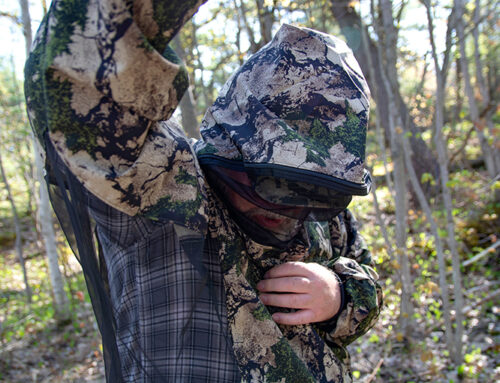
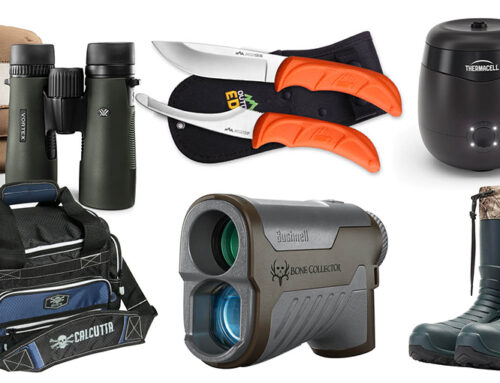
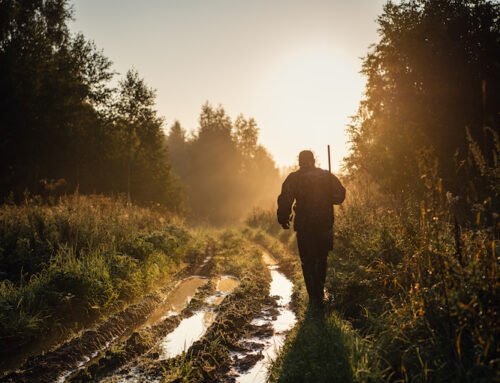
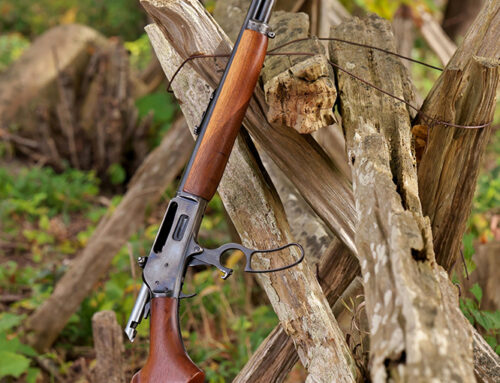
Leave A Comment